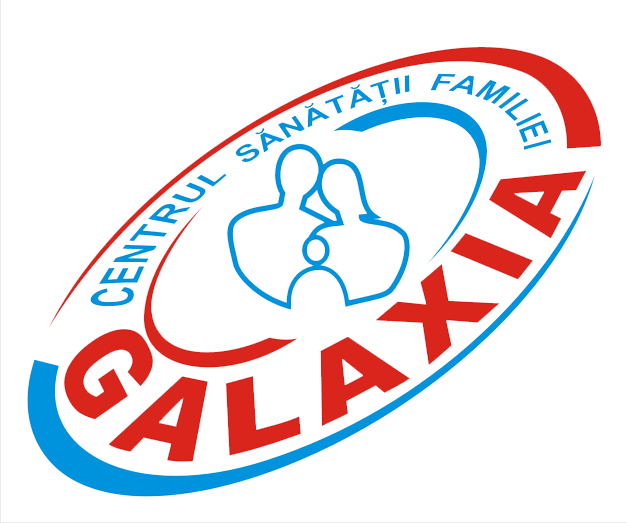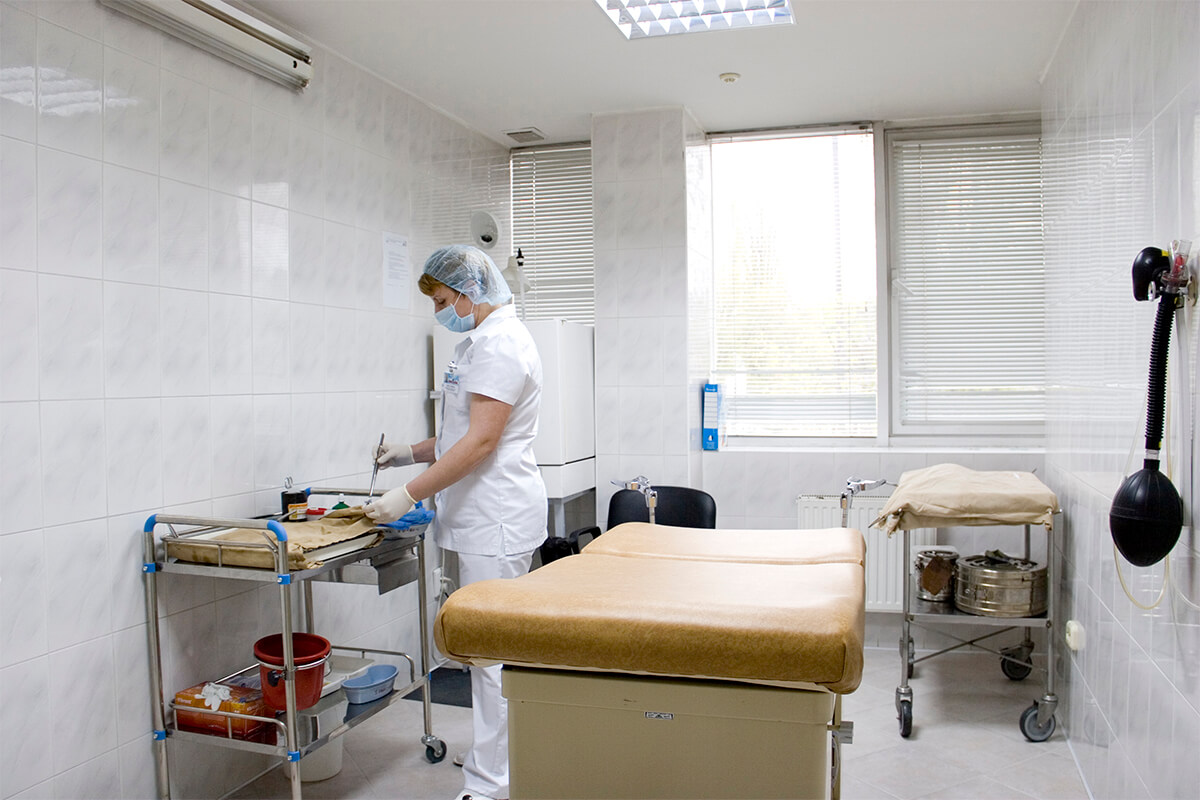DiscoGel ® – Revolutionary method of treatment of intervertebral hernia without surgery!
Approximately 95% of the entire population of our planet accuses periodic or permanent pain in the spine. And the rest – 5% is rather an exception than a rule. In 85% cases, the algic syndrome is located in the lumbar region.
The large back and back discomfort in the region of the pelvis and the lower limbs are caused by protrusions, intervertebral hernias – intervertebral disc lesions with compression of nearby nerve terminations. Practically these pathologies occur at all ages.
If symptoms do not improve, or conservative methods do not work on them, it is necessary to intervene neurosurgically to eliminate the compressive factor (protraction).
After inevitable surgery, scars will also form in the medullary canal, which may lead to disc hernia symptoms.
In such cases, it is referred to the so-called “failed back syndrome” syndrome.
The patient with hernia or disc protrusion dreams of:
life without pain
life without medication
Wearing a normal lifestyle, sporting activity
Revolutionary method of treatment of intervertebral hernia without surgery, using DiscoGel (by injection) intra-dissection therapy developed by French researchers in 2002.
DiscoGel’s intra-dissectional treatment aims to treat disc hernias and release the roots of the nerves, eliminating pain.
What is DiscoGel?
DISCOGEL® is a sterile ethanol-based solution. DISCOGEL® is a viscous gel containing a cellulose derivative, tungsten, a radio opaque agent.
composition
A glass bottle containing:
A Type I glass vial containing 2.2 ml of a solution for injection consisting of a mixture of ethanol, a tungsten-associated cellulose derivative,
Two 1 ml syringes each,
A needle for pumping 19G5,
Two needles for lumbar injection of 18 G.
A note
dosage:
The kit allows for intervention at two to three disc levels (one syringe for each disc).
The amount of DISCOGEL® injected into each disc oscillates between 0.3 and 1.0 ml, depending on the size of the disc and the hernia.
Contra-indications:
Coagulopathic pathologies
Local and systemic infections
Stenosis of the medullary canal
spondylolisthesis
Instability and fractures
Cauda equine syndrome
Mechanism of action.
Ethanol 96◦ is the origin of the local necrosis of the pulp nucleus, which results in lowering the disc pressure with decompression effect. Its action is mechanical and is carried out by dehydration of the turgescent and protruding disc that irritates and compresses the peripheral nerves of the spinal nerve. At the same time, the strengthening of the part of the gel takes place, filling the cavity that occupies the nucleus, forming a prosthesis, which will lead to the stabilization of the segment of the column, preventing the displacement.
Procedure
The disc approach is performed after asepsis and local anesthesia via the posterolateral route for lumbar and thoracal discs, anterolateral for cervical discs.
The disc approach is performed after asepsis and local anesthesia via the posterolateral route for lumbar and thoracal discs, anterolateral for cervical discs. The puncture of the disc is preferably done with a small needle. Nucleolysis, intra-disc injection of gelatinized ethanol is performed in the middle of the nucleus. At the start of the injection, the patient may experience a transient burning sensation in the injection region, which disappears over the course of time. To minimize the risk, the product should be injected very slowly (up to 5 minutes). Once the product injected, the needle remains in place of the injection for 2 minutes before being withdrawn.
The catheter emits where they will dissolve the excess tissue, thus reducing the size of the hernia. This will allow the pressure to drop inside the disc, the disc returns to its normal position and stops the roots of the spinal nerves. Once the pressure drops, the pain felt by the patient diminishes considerably or disappears. The duration of the procedure is approximately 15-30 minutes.
Advantages of Discogeal versus other treatment methods:
Minimally Invasive Minimum Risk Method.
It is not necessary to open the medullary channel.
Ambulatory treatment.
There are no obstacles to future interventions.
No long-term post-operative physiotherapy is needed.
No scarring after exposure.
It’s not a syndrome of failed surgery.
High level of success (90-95%)
Complications or relapse of the intervertebral disc hernia, after using the discogel, were not recorded (for 7 years of surveillance).
Results
Intra-dissection micro-therapy with discogel (DiscoGel®) – is a new treatment method. The first documented series of therapy was performed in 2007.
Discogel Microtherapy was established in Germany in Professor Schteling’s Medical Center. The clinic proposes this method in Germany since 2010.
The results are based on the following research:
Percutaneous treatment of hernias of lumbar intervertebral discs with gelling radioactivity Ethanol: Preliminary study [276 cases] Journal of Spinal Disorders & Techniques. 20 (7): 526-532, October 2007. Théron, Jacques MD *; Guimaraens, Leopoldo MD +; Casasco, Alfredo MD +; Sola, Teresa MD ++; Cuellar, Hugo MD +; Courthéoux, Patrick MD * Taking into account the research results, following treatment with discogel, operations required 0.7% of patients, which corresponded to 2 out of 276 patients.
Percutaneous treatment of cervical disc hernias using gelatinized ethanol. American Journal of Neuroradiology Published January 6, 2010 as 10.3174 / ajnr.A1923. [57 cases]. J. Theron, H. Cuellar, T. Sola, L. Guimaraens, A. Casasco, P. Courtheoux. In patients with recent intervertebral hernia uncomplicated in more than 90% of cases, treatment outcomes are good and very good, in outdated and complicated cases – in 80-85%.
According to the manufacturer’s data, for 7 years of complications monitoring, the worsening or relapse of the intervertebral disc herniation, after using the discogel, were not recorded. Based on the manufacturer’s information in more than 9,000 interventions, it can be said that this information is true. The clinical effect of spinal nerve decompression caused by the decrease or disappearance of pain is already accentuated within a few hours, days or early 3 weeks after the introduction of the disco. The total disappearance of pain is determined over 3 months.
Contact information:
Şavga Nicolae : 0797 55 402
e-mail: niknik20086@rambler.ru
www.cvot.md

